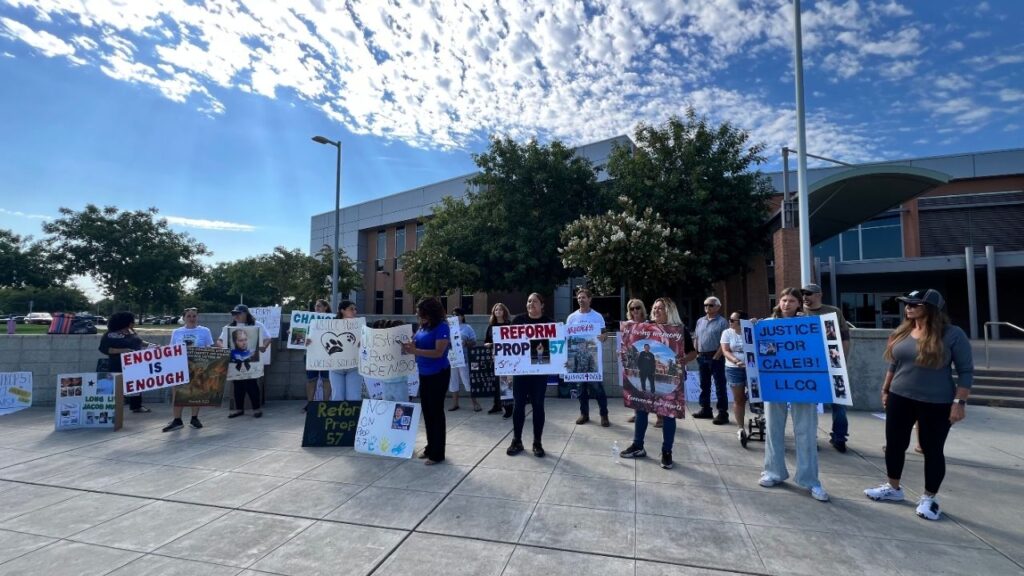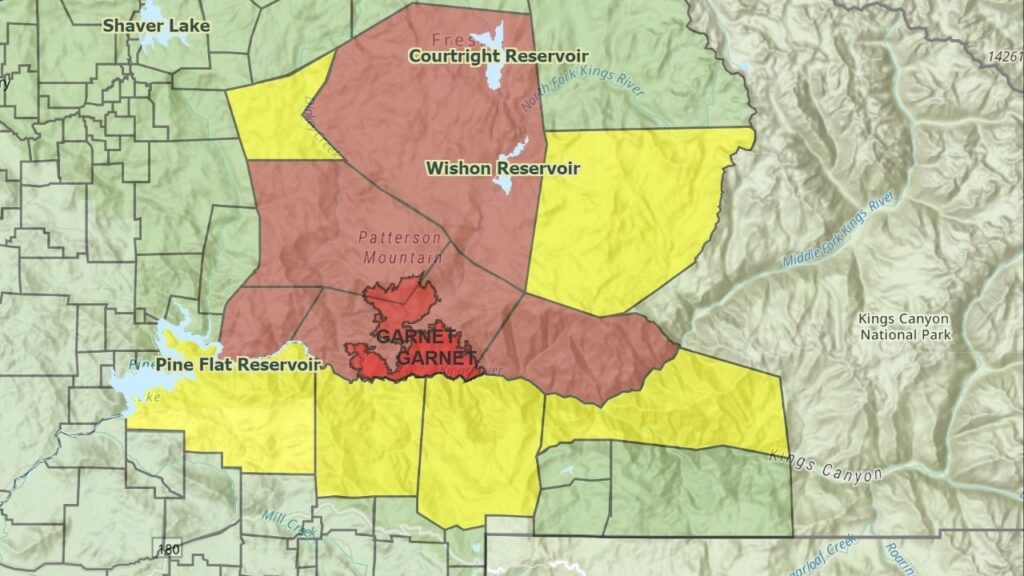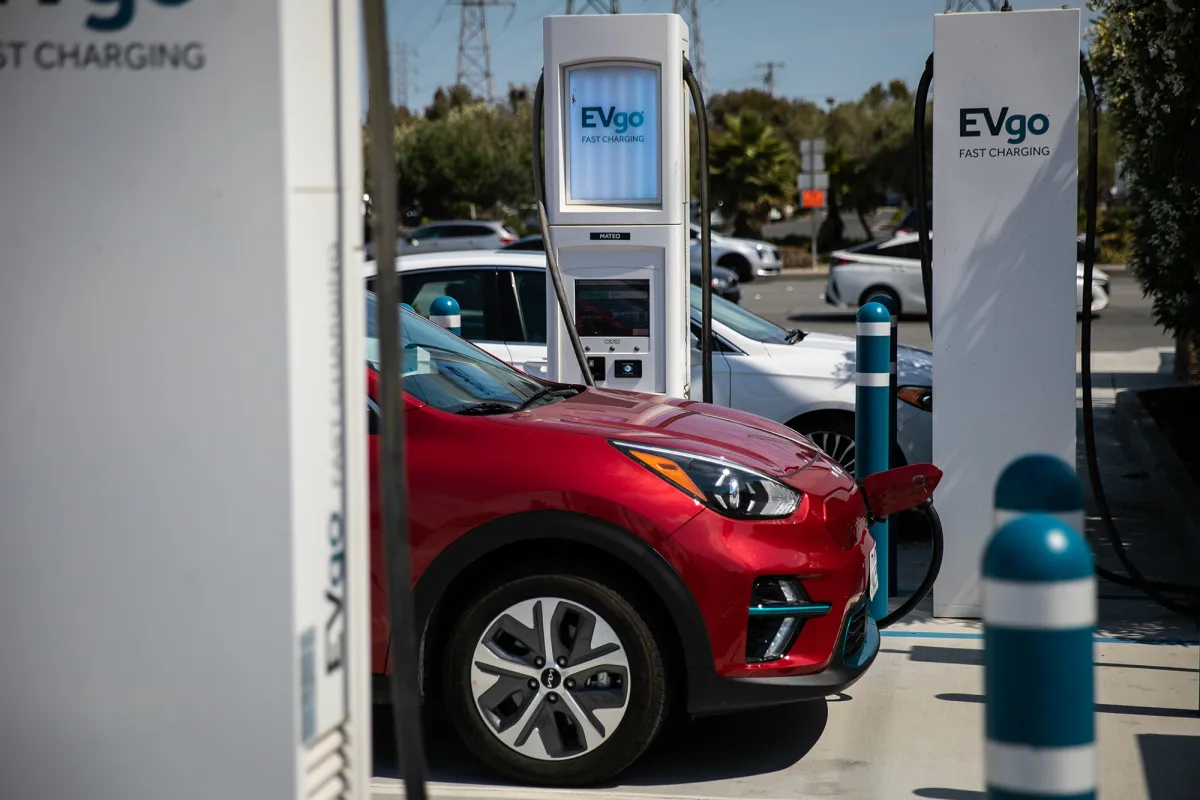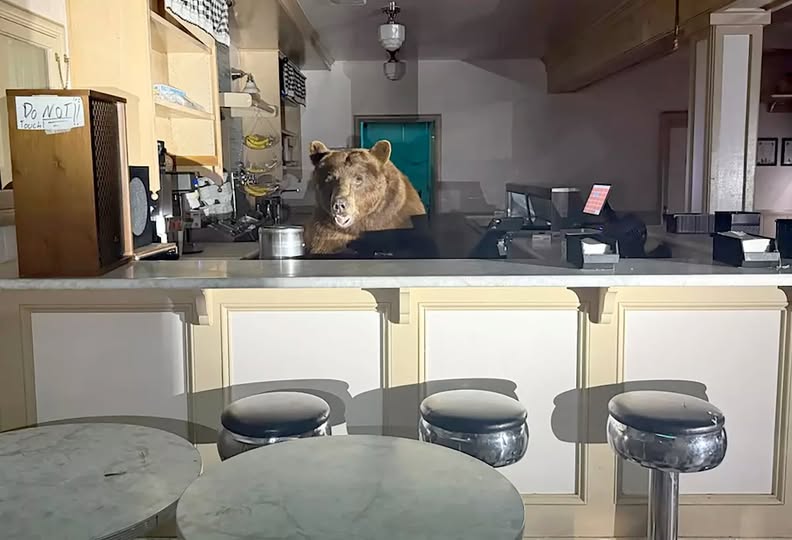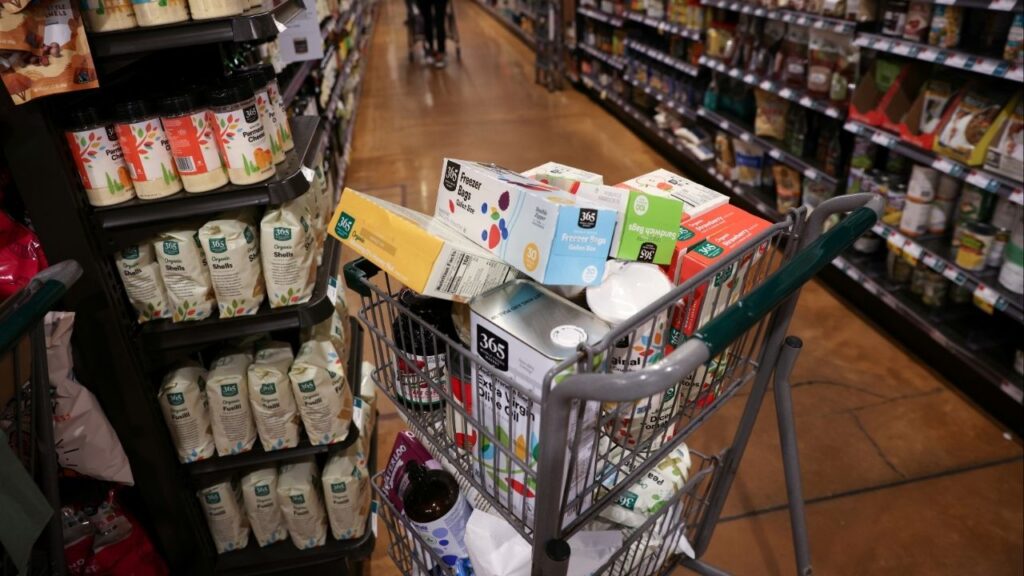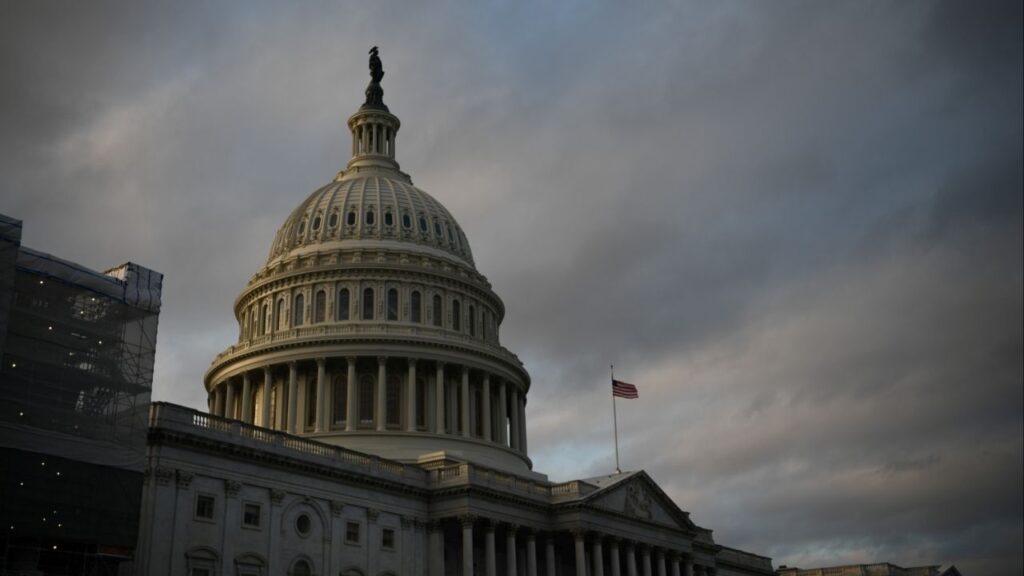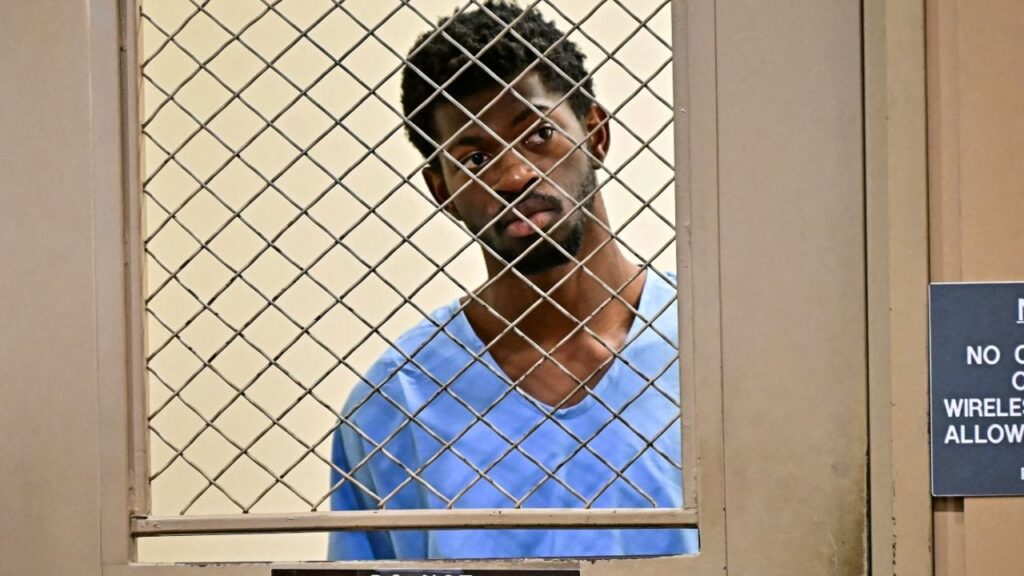[location-weather id="102511"]
Trending
US Denies Visas to Palestinian Officials Ahead of UN General Assembly
The U.S. is denying and revoking visas from members of the Palestine Liberation Organization and the Palestinian Authority ahead of the Unit...
World /
4 hours ago
Play Video
Latest
Videos

National /
58 minutes ago
US Air Force will Offer Military Funeral Honors to Slain Capitol Rioter

Animals /
2 hours ago
Gentle Sweet Sasha Is Guaranteed to Steal Your Heart

Local /
2 hours ago
Clovis Police to Increase DUI Patrols on Labor Day Weekend
Central Valley

Local /
2 hours ago
Clovis Police to Increase DUI Patrols on Labor Day Weekend

Local /
4 hours ago
Visalia Stabbing Sends Two to Hospital, Suspect in Custody

Crime /
23 hours ago
Fresno Police Arrest Man Accused in $30,000 Courier Scam

Courts /
23 hours ago
Fresno Unified Employee With Cancer Alleges District Brass Conspired in Failed Try to Force Resignation

SF 49ers /
1 day ago
49ers Sign Former Clovis West Star as Their Third QB
Videos

Video /
2 days ago
Shooter Kills Two Minneapolis Schoolchildren in Church, Injures 17
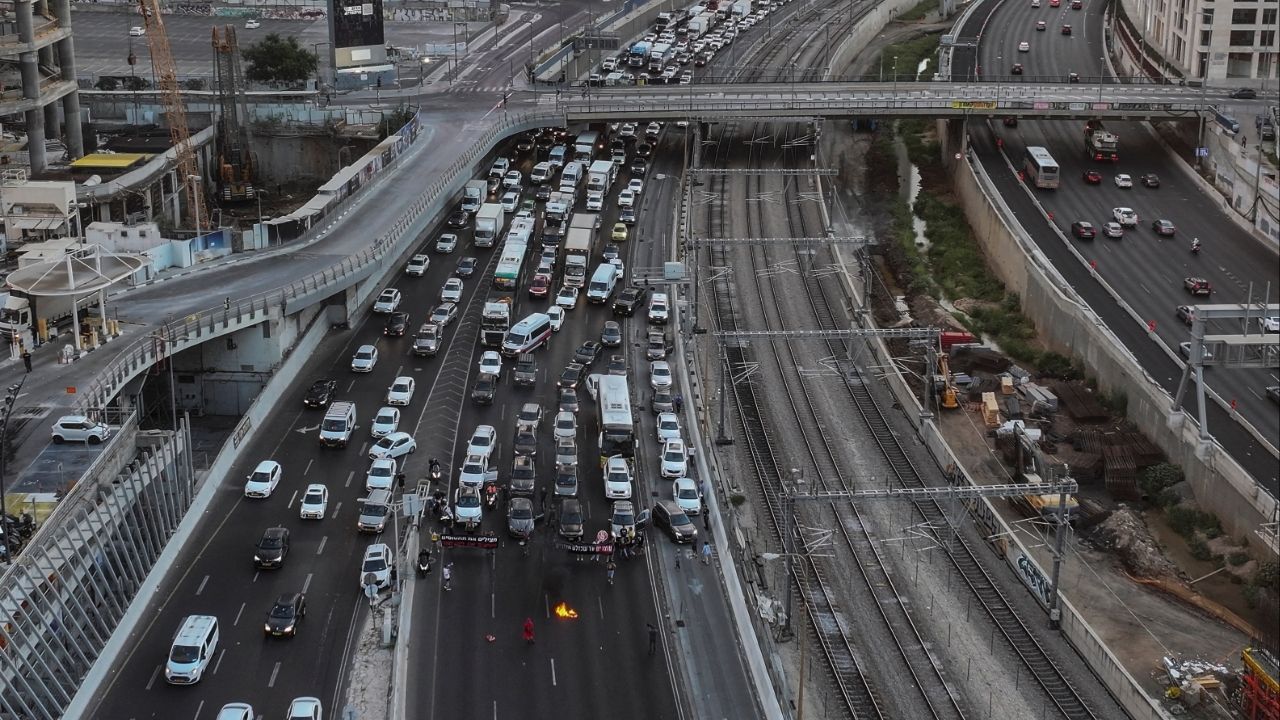
World /
3 days ago
Families Leave Gaza City After Night of Bombardment, Israelis Protest
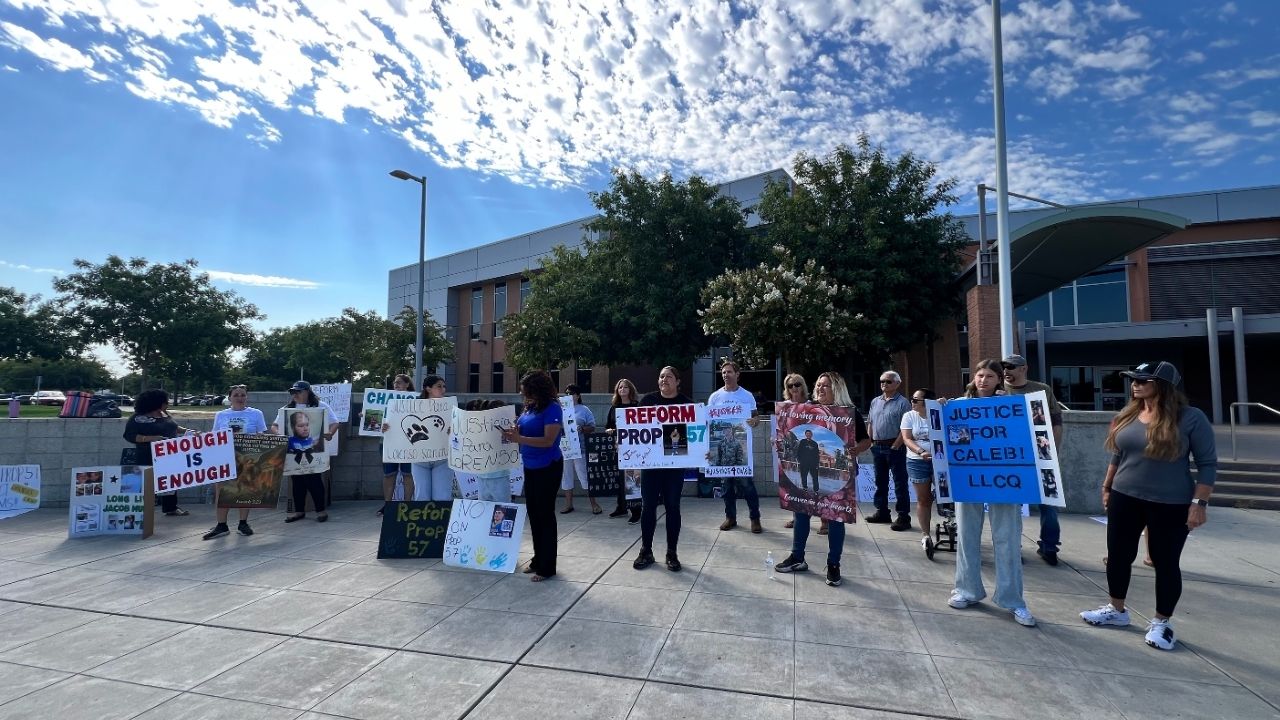
Crime /
4 days ago
Caleb Quick’s Father, Other Parents Protest at Fresno Court to Repeal Prop 57
Education
Minneapolis Children Revealed Courage, Absorbed Fear During Church Shooting
U.S. /
23 hours ago
Fresno Unified Employee With Cancer Alleges District Brass Conspired in Failed Try to Force Resignation
Courts /
23 hours ago
Commentary
Commentary
Featured
Latest /
5 hours ago
Donald Trump’s Assault on Capitalism Is Only Going to Get Worse
Ask an American conservative what makes America great, and at least until about a week ago, he might have said that, among other virtues, it...
Sports

SF 49ers /
1 day ago
49ers Sign Former Clovis West Star as Their Third QB
Around the state
Featured
Economy /
2 days ago
Second-Highest Unemployment Rate Still In California
By Dave Mason
The Center Square
This article was republished from The Center Square. See their article here.
California continues to have ...

Polls /
3 days ago
Poll: Californians Overwhelmingly Reject Trump’s Immigration Policies

Polls /
3 days ago
Poll: Katie Porter Holds Early Edge in California Governor’s Race
Global View
Israeli Military Says Local Tactical Pause Will Not Apply to Gaza City
World /
4 hours ago
US Denies Visas to Palestinian Officials Ahead of UN General Assembly
World /
4 hours ago
White House Says Trump Not Happy With Russia Strike on Ukraine, to Make Statement Later
World /
1 day ago
Israel Steps up Bombardment of Gaza City, Kills 16 People Around Enclave, Medics Say
World /
1 day ago
Europeans Launch UN Sanctions Process Against Iran, Drawing Tehran Ire
World /
1 day ago
Israeli Foreign Minister Saar Says There Will Not Be a Palestinian State
World /
2 days ago
All UN Security Council Members, Except US, Say Famine in Gaza Is ‘Man-Made Crisis’
World /
2 days ago
MORE NEWS
Entertainment

Events /
1 week ago
Find Out How You Can Watch Sold Out 72-Hour Film Race

Local /
1 week ago














